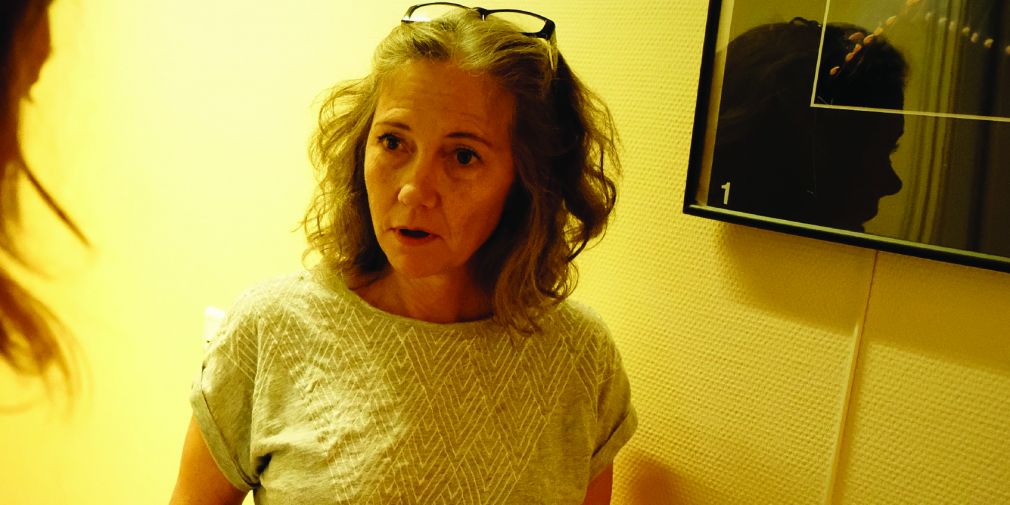L'OBSERVATOIRE
L'OBSERVATION
- Variables
- Stations d'observation
- Plateformes
- Services d'observation
- Organigramme
- Données d'observation
RESSOURCES

Lundi 17 Décembre 2018 à 14h00
Observatoire Océanologique - LBDV (UMR7009) CNRS - Villefranche-sur-mer
Polarité cellulaire et positionnement du fuseau dans l’embryon d’ascidie /
Cell polarity and spindle positioning in the ascidian embryo
devant le jury composé de :
Dr. Robert Arkowitz Présidentr du Jury & Rapporteur
Pr. Elisabeth Christians Rapportrice
Dr. Sébastien Darras Rapporteur
Dr. Marie Delattre Examinateur
Dr. Frédéric Luton Examinateur
Résumé/ Summary
I am interested in general in the spatial organization of cells, and most of my work over the years has been addressing fundamental questions of cell polarity and spindle positioning. The overall aim is to understand the logic of “symmetry breaking” in different contexts: How is an axis or particular site on the cell surface chosen, and how are cytoskeletal elements (actin filaments and microtubules) organized with respect to it? A vast myriad of cells are available for this topic, some of which are well understood while others remain virtually unstudied.
During my thesis, I worked on the budding yeast, Sacharromyces cerevisiae in the laboratory of Ira Herskowitz (UCSF, San Francisco, USA) where I identified genes involved in polarization toward a mating partner. My work showed that although yeast cells can polarize towards two distinct types of spatial cues (external signal for mating, or internal landmark for mitotic growth/budding), both pathways converge onto the same polarity machinery.
For post-doctoral work (UMR7009, Villefranche, France) I switched to a much larger polarized cell, the ascidian egg. In the groups of Christian Sardet, and then Alex McDougall, I have been investigating cell polarity and the spatial control of cell divisions in the early embryo of Phallusia mammillata. In this organism we can follow the stream of symmetry-breaking mechanisms from their origin in oogenesis through fertilization, embryogenesis and larval stages. In short, interaction of the male centrosome with the egg cortex remodels the primary animal-vegetal polarity axis, creating a landmark structure (Centrosome Attracting Body or “CAB”) enriched in cortical endoplasmic reticulum and mRNA determinants which subsequently controls spindle positioning and segregates the germ cell fate. I have analyzed in detail how conserved molecular complexes (aPKC-PAR, Kinesin 13, and LGN-NuMA) become enriched at the ascidian CAB and how they function to control centrosome positioning and unequal cleavage.
My current research is branching out to comparative cell biology of other invertebrates, in hopes of understanding key polarity transitions during metazoan evolution which give rise to the unique cleavage patterns of different species.